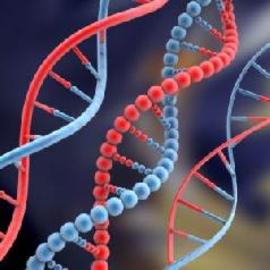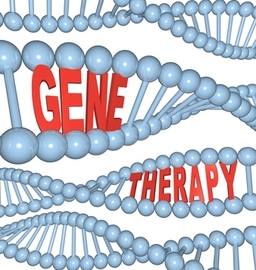Introduction

As fast as the world is evolving, more and more diseases are seen to be spreading rampantly. However, it is commonly thought that there are some diseases that are inherently born within an individual and are not acquired from the surroundings or the environment. These are referred to as genetic diseases, diseases that are a result of abnormalities in the genes and chromosomes of a person. The gravity of the disease can be judged from the way in which the distortion in the genes was inherited. The probability of genetic diseases is increased if there is a family history of such types of diseases. Moreover, changes or mutations in the preexisting gene or group of genes can result in various types of genetic diseases.
History

Genetic diseases can be sequential to a wide variety of internal problems and diseases. Such diseases can increase the likelihood of genetic abnormality during pregnancy, especially if one of the parents is victim to chromosomal anomaly, if the fetus is found to be distorted in the ultrasound or when the married couple is related by blood (are cousins). There are basically four types of genetic diseases: the single gene defects, multifactorial problems, teratogenic problems and chromosomal abnormalities.
Features

Single gene disorders result when one gene is responsible for the abnormality in the genes. A dominant single gene disease would mean that either one of the parents has some kind of a genetic problem which has transcended to the child. This is a direct result of a mutation of the DNA sequence. Usually there is a 50 percent chance that the disease may transfer to the child. Achondroplasia is an example of genetic diseases caused by single gene disorders. In this, the bones are not developed completely and hence result in a short body frame of the child. Marfan syndrome is another example of the same genre whereby the patient experiences heart problems and long limbs due to some tissue disorders. On the other hand, a recessive single gene disorder occurs when both the genes acquired are abnormal.
The second type of genetic disease, the multifactorial problems, does not necessarily follow a particular pattern and may be genetically acquired or may have been a result of external factors. Examples of irregularities in this case include heart defects, defects in the spine or the brain or cleft lip and palate.
Teratogenic problems originate due to exposure to teratogenic particles; these may include certain medications, alcohol, and lead, infections such as rubella or exposure to radiations.
Lastly, chromosomal abnormalities may be a result of family history or acquisition from parents. This basically refers to the missing of certain cells from the DNA sequence, resulting in different kinds of abnormalities. In order to seek cures for the above mentioned problems, one would need some counseling from doctors, and would need to carefully observe the kind of patterns that the cells and genes form so as to follow the appropriate treatment for the person.
Tips and comments
Hence, genetic diseases, although mostly inherited from either one or both of the parents, can also be a result of impacts of the external environment. Meticulous observation of the irregularities in the child and the parents is needed before these diseases can be diagnosed and treated in the right way.
Comments
Most Recent Articles
-
Overcome Your Rare Genetic Diseases!
Maybe it starts out like any other flu you’ve had, except that you notice you get the flu so much more than those around you. You’re always reminded of your parents who said you ...
-
A Brief List Of Genetic Diseases
Genetic diseases develop at the time of embryonic development due to defects in the genes of the chromosomes inherited from the parents. Genetic diseases are also known as congenital disease...